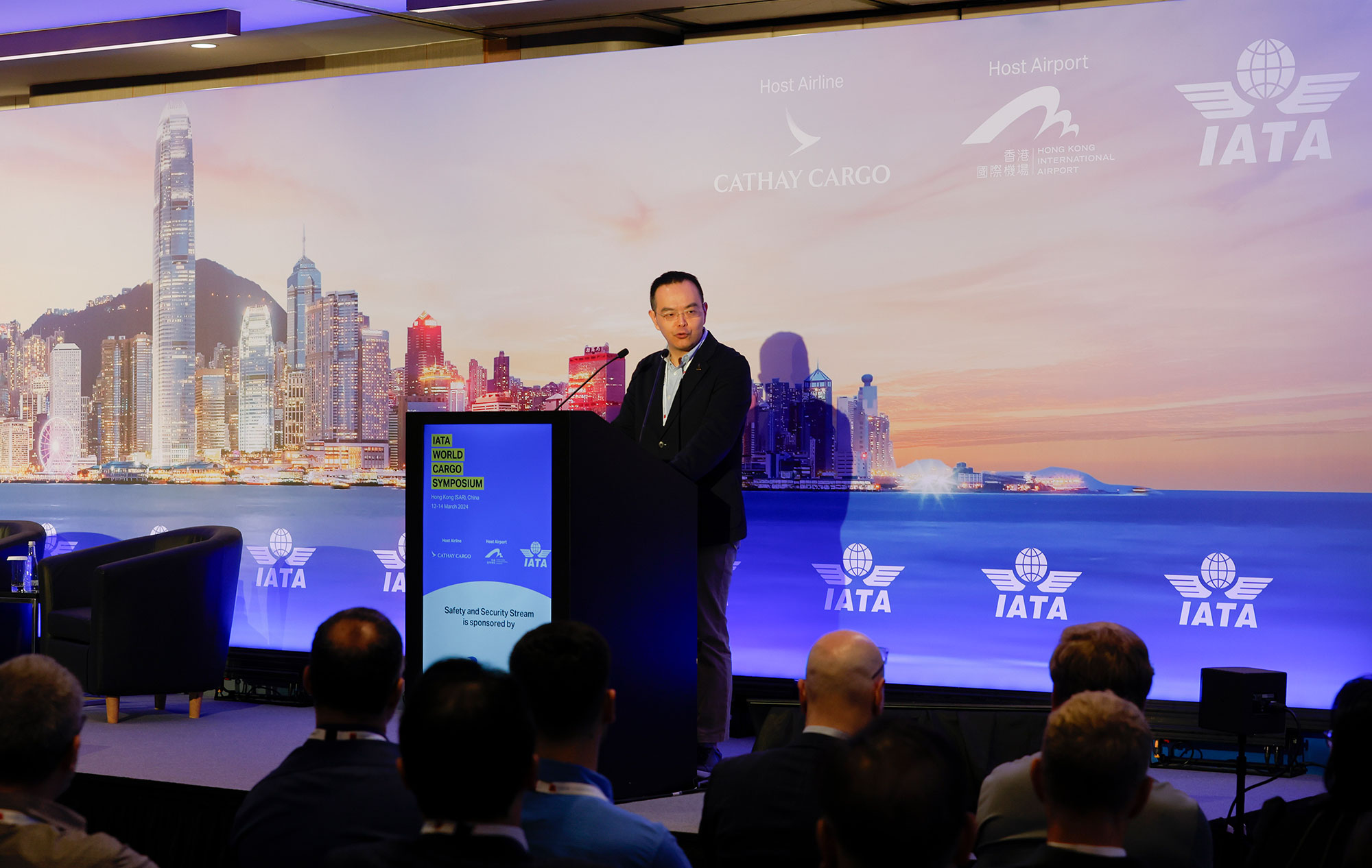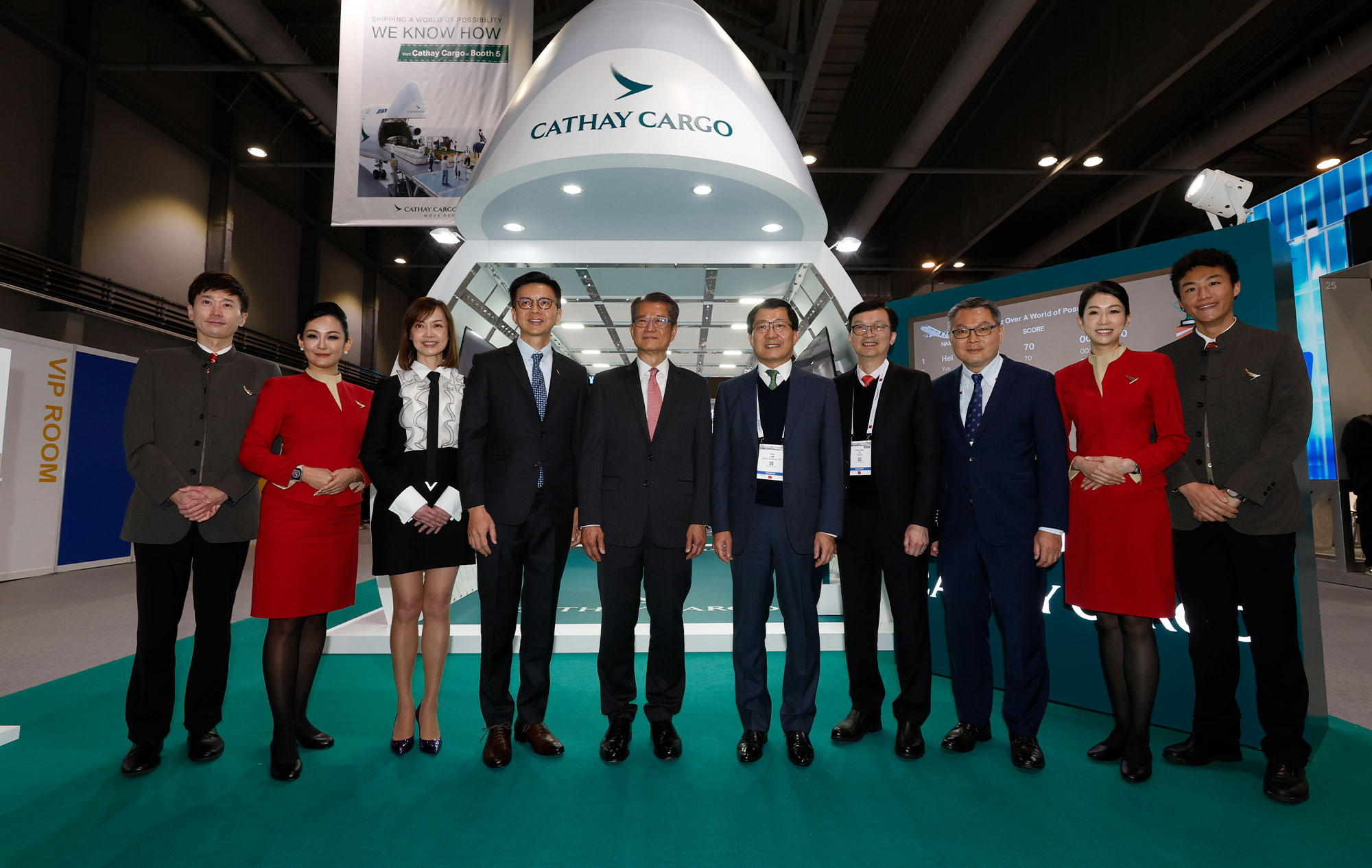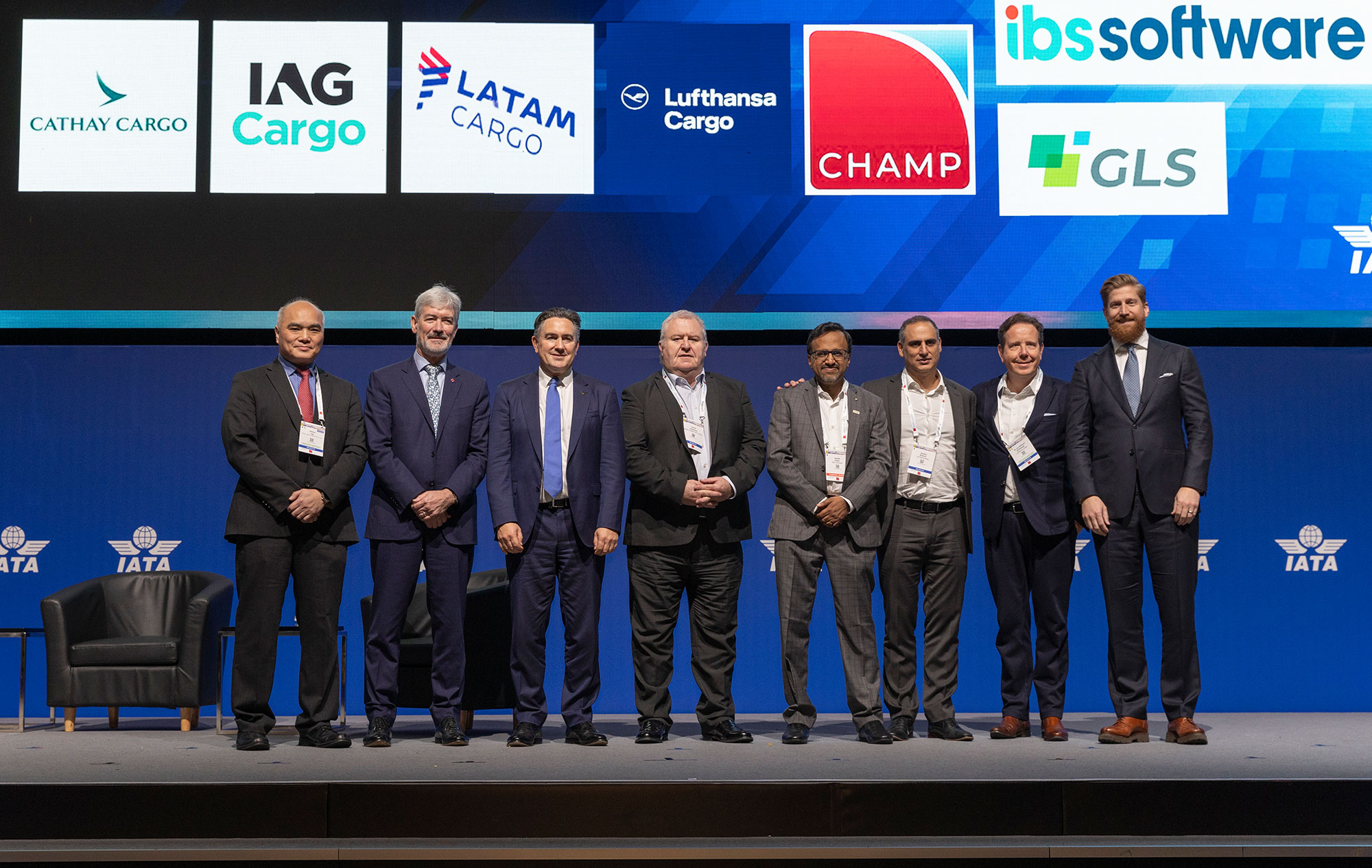Ever since becoming the first carrier to achieve 100 per cent paperless shipments with e-AWBs (electronic air waybills) in 2011, Cathay Pacific Cargo has sought to digitise the documentation process around shipping air freight and is now setting some stretching targets for itself, its customers and governments.
‘The aim,’ says Jackson Chan, Cargo Systems Planning and Optimisation Manager at Cathay Pacific Cargo, ‘is to work towards a future where the cargo journey time is reduced with instant customs clearance, both at origin and destination.’
But there is still a way to go. Looking at the figures for June 2019, Cathay Pacific Cargo continues to lead the paper-free rankings, recording a network-wide e-AWB rate of 90 per cent for all shipments, and it also tops the e-Freight chart with a 50.9 per cent adoption rate.

There is more to do – not least a 100 per cent e-AWB rate target set for all feasible stations by the end of the year, and then to remove forwarder pouches from more shipments. But e-Freight is a bit trickier, as Jackson explains. ‘The need to get paperwork for pharmaceutical, live animal and dangerous goods shipments, for example, stops us from achieving completely paperless shipments.’
He adds: ‘I estimate that the maximum rate we can achieve because of the special shipments, or destination or origin countries that cannot support e-Freight, is only 70 per cent. That is our target for this year.’
The challenge to eliminate the remaining 30 per cent from shipments will rely on IATA One Record system to assist countries that still need paperwork as part of the process for customs handling.
Jackson says: ‘CX One Record is a new project that started last year. All the documents can be uploaded to an electronic forwarder pouch, to which customs would have access.’
Currently, in countries where paperwork is still required, there can be delays when customs want to inspect shipments or carry out random checks because the documentation is held in the pouch and does not travel with the individual consignment, so these need to be reconciled.
Similarly, there are individual parts of the paperwork that come from outside the supply chain. ‘This might include the certificate from a veterinarian stating that an animal is fit to fly,’ explains Jackson. CX One Record has a lot of data, and also supports documents such as this that can be scanned and uploaded by the forwarder.
Cathay Pacific Cargo plans to launch its own One Record system and app in the fourth quarter of 2019. Forwarders will be able to upload all documents to this One Record system. Every individual shipment by air waybill number will have its own electronic data and documentation, and every box of cargo within a consignment will have a label with a barcode containing the AWB number.
‘We will release an app called One Record, which has a scanning capability,’ says Jackson. ‘The customs officer can scan the barcode on the label and they will see all the records. They can check the waybill, house manifest, airline and forwarder pouches – they will be able to see all the documents together in one set that is shipped with the cargo.
‘Hong Kong Customs are very supportive of this initiative, and we may run a pilot scheme with them later this year that will involve them using our One Record app,’ he adds. ‘It means that the forwarder, airline or consignee will not need to physically go to the customs office. In return, customs will be able to clear the cargo much faster.’
As the number one air cargo hub, Hong Kong is quite advanced in its planning and is developing a ‘government single window’ scheme. It enables cross-border shippers to submit regulatory documents once, in one place or to one entity. A World Bank report found that in some jurisdictions, it is not uncommon for more than 30 government departments to play a role in processing or clearing goods. The single window scheme offers a single electronic gateway that’s accessible to people in the supply chain – or those regulating it – who need to check the shipment, permits and licences that accompany cargo.
‘In the future, we will work with governments to define an electronic way of working,’ says Jackson. ‘Shippers could apply online to a government single window, and once approved, forward the reference of the permit or licence to the forwarder or airline to cross reference in one place – but not on paper at all.’
That is yet to come, but for this year, look for improvements not only to the rates of paperless shipments, but also the tools to enable it.








